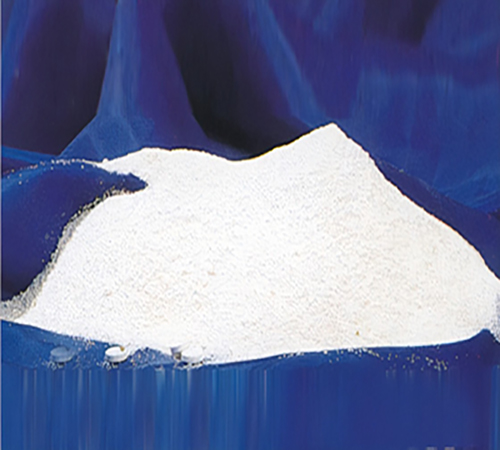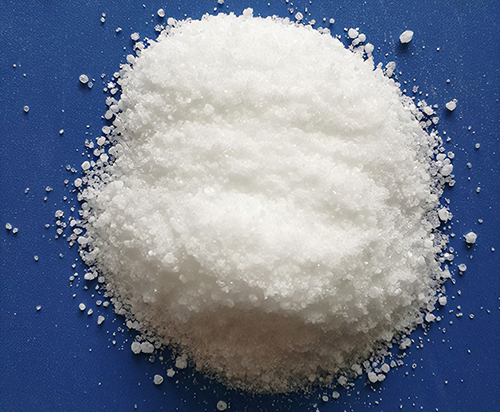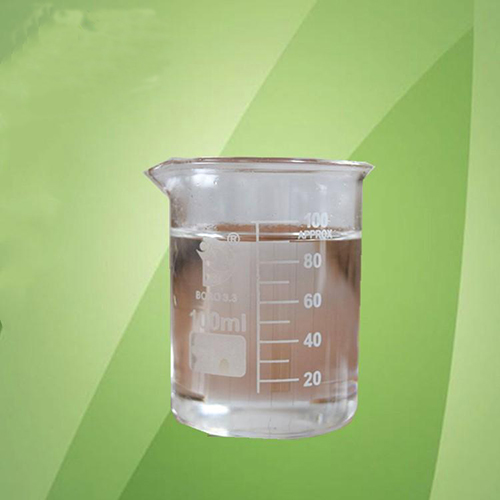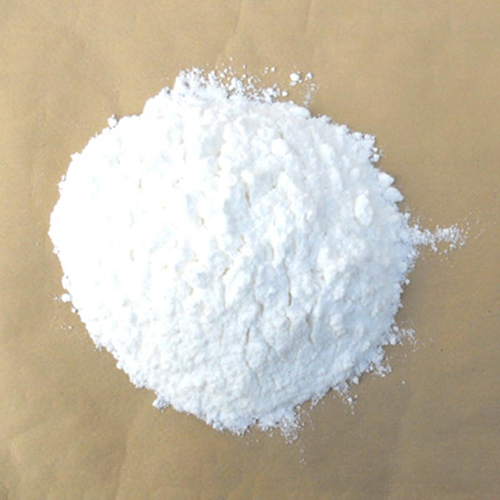Active Pharmaceutical Ingredients (API), popularly speaking, are the raw materials of medicines, only pharmaceutical raw materials are processed into pharmaceutical preparations , can they become medicines available for clinical use, so drugs we usually eat are the finished drugs through processing. Active Pharmaceutical Ingredients based on its sources can be divided into two major categories ,including chemical synthetic drugs and natural chemical drugs. Chemical synthetic drugs can be divided into organic synthetic drugs and inorganic synthetic drugs. Inorganic synthetic drugs are inorganic compounds ( very few is element), such as aluminum hydroxide, magnesium trisilicate which are used for the treatment of gastric and duodenal ulcers ; organic synthetic drugs are mainly composed of drugs made by basic organic chemical raw materials, through a series of organic chemical reactions (such as aspirin, chloramphenicol, caffeine, etc.). Natural chemical drugs ,based on its sources,can be divided into two categories including biochemical drugs and plant chemical drugs. Antibiotics are generally made by the microbial fermentation, which belongs to the biochemistry category. A variety of semi-synthetic antibiotics occurs in recent years,which are biosynthesis and chemical synthesis combining products.Among active Pharmaceutical Ingredients, the organic synthetic drugs varieties, yields and values have the largest proportion,which are the main pillars of the chemical and pharmaceutical industries. The quality of active Pharmaceutical Ingredients decides whether the formulation is good or bad , so its quality standards are very strict ,countries in the world have developed national pharmacopoeia standards and strict quality control methods for its widely used active Pharmaceutical ingredients.
Mechanism and Side effects of Piracetam
Piracetam (2-oxo-l-pyrrolidine acetamide), the first noo- tropic agent, is a cyclic derivative of γ- aminobutyric acid (GABA), which can cross the BBB to concentrate selectively in the brain cortex.
May 5,2022 APIMechanism and Uses of Fasudil
Fasudil is a novel intracellular calcium antagonist, with Rho-kinase inhibitory activity on arterial walls affecting vessel remodelling.
May 5,2022 APIThe pharmacodynamics of sulfanilamide
Sulfanilamide are generally white crystalline particles or powder; Odorless, bitter at the beginning and slightly sweet after taste
May 5,2022 APIThe pharmacokinetics of sodium dihydrogen phosphate
Sodium dihydrogen phosphate, also known as acidic sodium phosphate, with molecular formula of NaH2PO4, is an inorganic acid salt. Soluble in water, almost insoluble in ethanol.
May 5,2022 APIThe performance of N. N-dimethyl ethanolamine
N. N-dimethyl ethanolamine is an organic compound with chemical formula C4H11NO. It is mainly used as resin raw material and also as raw material for medicine, dyes and paint solvents.
May 5,2022 APIDifferent kinds of talc
Talc is a magnesium silicate salt mineral talc talc, the main component is hydrous magnesium silicate, after crushing, it is treated with hydrochloric acid
May 5,2022 APIUnique properties of thiophene
Thiophene, systematic name 1-thia-2,4-cyclopentadiene, CAS number 110-02-1. From the structural point of view, thiophene is a heterocyclic compound and a thioether.
May 5,2022 APIMechanism of action of Nicardipine
Nicardipine is a dihydropyridine-type CCB with highvascular selectivity,strong antihypertensive activity andcerebrovascular effects.
Apr 29,2022 APIMechanism of action of Nimodipine
Nimodipine is a dihydropyridine-type CCB used as anti-hypertensive agent.
Apr 29,2022 APIPasireotide for Cushing's disease
Pasireotide is a man-made protein that is similar to a hormone in the body called somatostatin. Pasireotide is used to treat Cushing's disease or acromegaly (endocrine disorders).
Apr 29,2022 API












